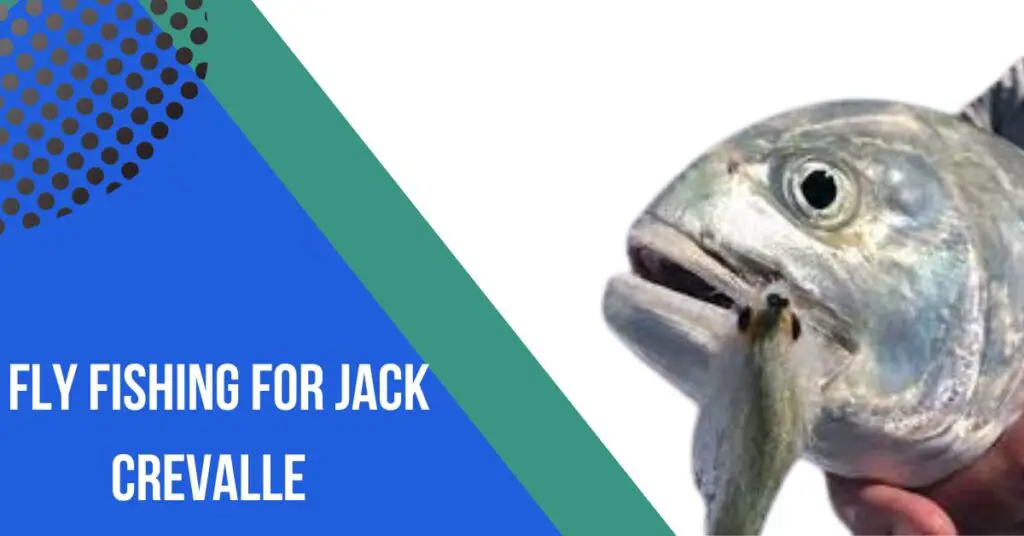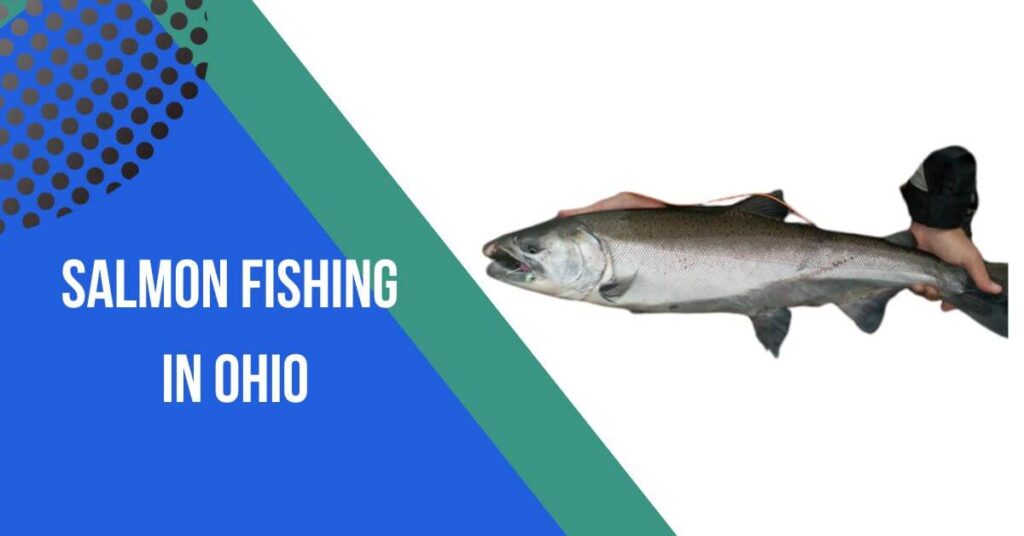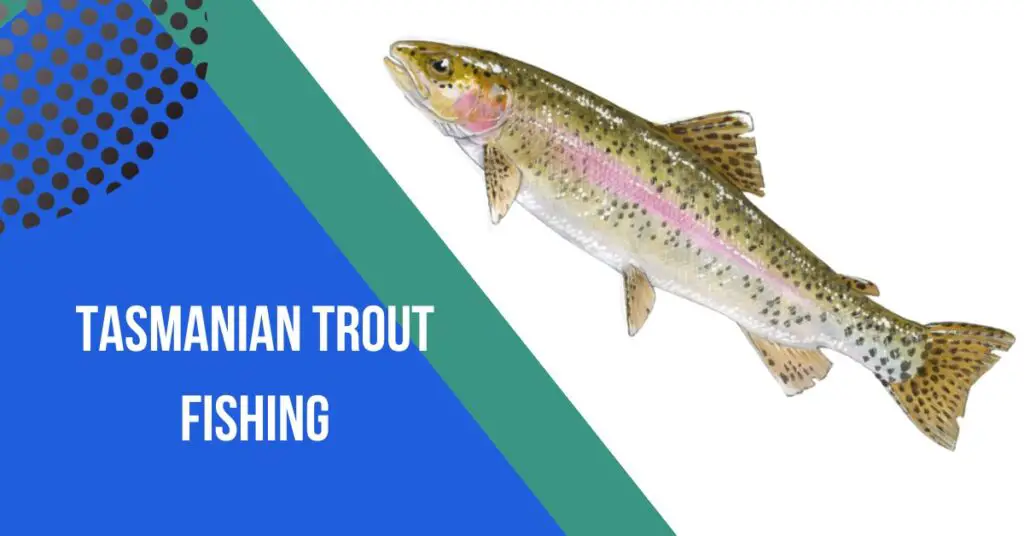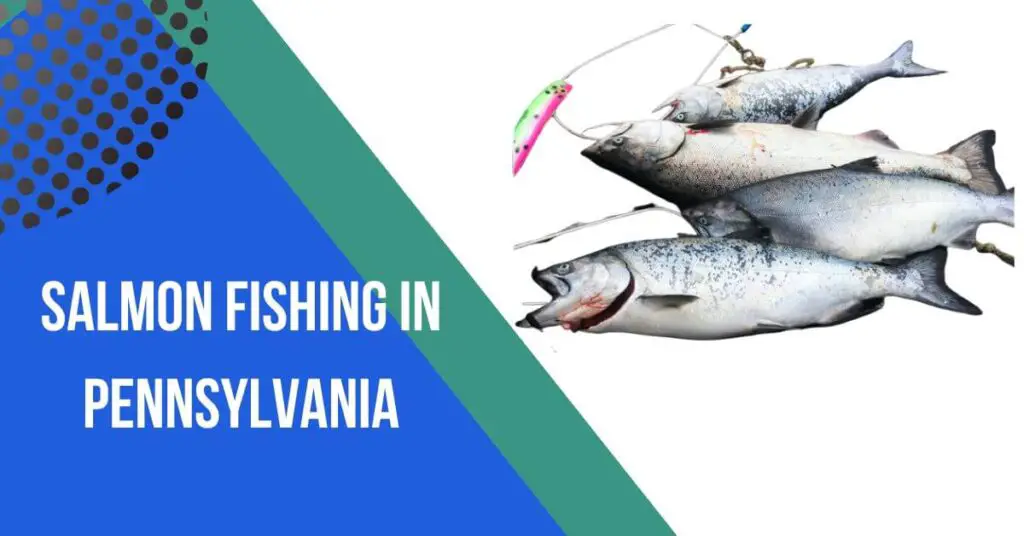Contents
- 1 Fly Fishing For Jack Crevalle:
- 2 Understanding Jack Crevalle:
- 3 Habitat and Distribution:
- 4 Behavior and Feeding Patterns:
- 5 Activity Levels:
- 6 Preferred Conditions:
- 7 Seasonal Movements:
- 8 Spawning Behavior:
- 9 Water Clarity and Visibility:
- 10 Reaction to Flies:
- 11 Gear and Tackle:
- 12 Fly Rod:
- 13 Fly Reel:
- 14 Fly Line:
- 15 Leaders and Tippets:
- 16 Flies:
- 17 Polarized Sunglasses:
- 18 Fly Boxes:
- 19 Wading Gear (if applicable):
- 20 Sun Protection:
- 21 Pliers and Hook Removers:
- 22 FAQs:
- 23 Q: Where is the best place to fly fish for Jack Cevil?
- 24 Q: What fly patterns work well for Jack Crevalle?
- 25 Q: What weight fly rod is recommended for jack crevalle?
- 26 Q: When is the best time to fly fish for Jack crevalle?
- 27 Q: Does Jack crevalle prefer certain water conditions?
- 28 Q: Is catch-and-release common when fly fishing for Jack Crevalle?
- 29 Q: What is the appeal of sight fishing for Jack Crevalle?
Welcome to the exhilarating world of fly fishing for Jack Crevalle! If you’re seeking a thrilling angling experience, these powerful and aggressive fish are sure to provide a memorable challenge.
In this brief introduction, we’ll explore the basics of fly fishing for jack crevalle, from understanding their habitat to selecting the right gear and mastering essential techniques.
Get ready to immerse yourself in the excitement of chasing these hard-fighting predators with a fly rod in hand!
Fly Fishing For Jack Crevalle:
The appeal of fly fishing for jack crevalle lies in the exciting combination of their aggressive behavior, powerful runs, and the skill required to successfully target and catch them using fly fishing techniques. Here are some key aspects that make fly fishing for jack crevalle particularly enticing:
Aggressive Nature: Jack Crevalle are known for their aggressive feeding habits and powerful strikes. Targeting them with a fly rod allows anglers to experience the thrill of engaging with a hard-fighting and robust fish species.
Challenging Pursuit: Catching Jack Crevalle on the fly presents a challenge that many anglers find rewarding. Their strength and speed make them a formidable opponents, requiring skill and finesse to successfully land them on a fly rod.
Sight Fishing Opportunities: Jack Crevalle often cruises in shallow waters, providing excellent opportunities for sight fishing. Spotting a school of jack crevalle and presenting a fly to them adds an element of visual excitement to the fishing experience.
Versatility in Locations: Jack Crevalle inhabits a variety of environments, including coastal areas, estuaries, and even offshore waters. This versatility allows fly anglers to explore different fishing locations and adapt their techniques to varying conditions.
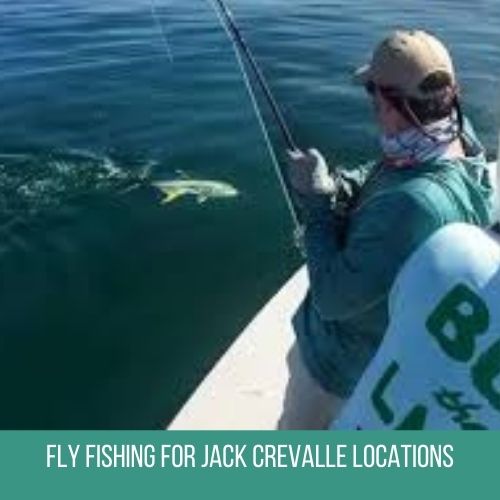
Accessibility: Fly fishing for Jack Crevalle is accessible to anglers of different skill levels. While challenging, it also offers opportunities for beginners to develop their fly-casting and presentation skills.
Variety of Flies: Anglers can experiment with a range of fly patterns to mimic the baitfish and prey that jack crevalle feeds on. This variety in fly selection adds an artistic and creative element to fly tying and fishing.
Conservation Focus: Many fly anglers have a strong conservation ethic, and fly fishing for Jack Crevalle often involves catch-and-release practices. This approach contributes to the sustainability of the fishery and ensures that future generations can enjoy the thrill of pursuing these dynamic fish.
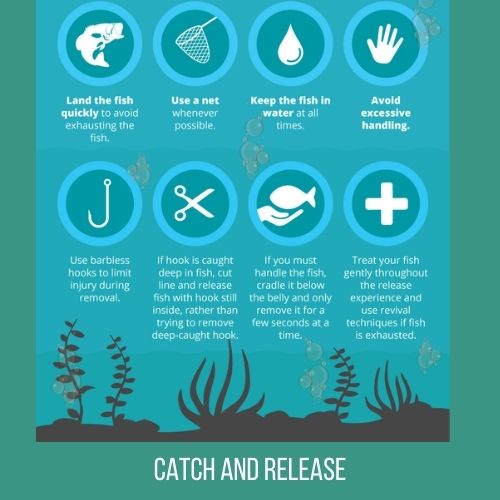
Overall, the appeal of fly fishing for Jack Cevle lies in the combination of the challenge they present, the visual excitement of sight fishing, and the overall experience of connecting with a powerful and acrobatic species using the artistry of fly fishing.
Understanding Jack Crevalle:
Understanding jack crevalle is crucial for successful fly fishing. Here’s a breakdown of key aspects:
Habitat and Distribution:
- Jack crevalle are found in warm coastal waters around the world, including the Atlantic, Pacific, and Indian Oceans.
- They inhabit a variety of environments, such as estuaries, bays, coastal flats, and nearshore waters.
Behavior and Feeding Patterns:
- Jack Crevalle are known for their aggressive and predatory behavior.
- They often hunt in schools, making them an exciting target for anglers.
- Feeding primarily on baitfish, shrimp, and crabs, they are opportunistic predators.
Activity Levels:
- Jack Crevalle is highly active, both in terms of swimming and feeding.
- They are known for sudden bursts of speed and powerful runs when hooked.
Preferred Conditions:
- Jack Crevalle prefers warmer water temperatures, typically ranging from 70 to 90 degrees Fahrenheit (21 to 32 degrees Celsius).
Seasonal Movements:
- Seasonal patterns influence the movement of the jack crevalle. In some regions, they may migrate inshore during warmer months and move offshore in cooler months.
- Understanding these seasonal movements can help anglers target them more effectively.
Spawning Behavior:
- Jack crevalle spawns in offshore waters, releasing large quantities of eggs.
- Understanding their spawning behavior can provide insights into their movements and behavior at different times of the year.
Water Clarity and Visibility:
- Jack crevalle are often found in areas with clear water, as they rely on sight when hunting prey.
- Sight fishing for jack crevalle is popular, especially in shallow waters where their presence can be visually confirmed.
Reaction to Flies:
- Jack Crevalle is known for their aggressive strikes on flies. They respond well to fast retrieves and may chase down a fly presented with erratic movements.
- Fly patterns that imitate the local baitfish or prey species are effective in enticing strikes.
Understanding these aspects of jack crevalle behavior and habitat is essential for fly anglers. It helps in choosing the right locations, gear, and fly patterns, ultimately increasing the chances of a successful and enjoyable fly fishing experience.
Gear and Tackle:
Selecting the right gear and tackle is crucial for a successful fly fishing experience for Jack Crevalle. Here’s a guide to help you make informed choices:
Fly Rod:
- Opt for a fast-action fly rod in the 8 to 10-weight range. This provides the power needed to cast larger flies and handle the strong runs of jack crevalle.
Fly Reel:
- Choose a reel with a strong drag system to handle the powerful runs and sudden bursts of speed that Jack Crevalle is known for.
- Ensure the reel has enough capacity for a sufficient amount of backing.
Fly Line:
- Use a weight-forward floating or intermediate fly line. This allows for effective casting and presentation of flies in a variety of water depths.
- Tropical or warm-water fly lines are suitable for the preferred temperature range of jack crevalle.
Leaders and Tippets:
- A short, sturdy leader of around 7 to 9 feet is recommended to turn over larger flies and handle aggressive strikes.
- Tippets in the 20 to 30-pound test range provide the necessary strength to withstand the abrasion from the fish’s powerful jaws.
Flies:
- Carry a selection of flies that imitate the baitfish and prey species present in the area. Clouser Minnows, Deceivers, and baitfish patterns in various sizes and colors are popular choices.
- Use poppers or surface flies for topwater action if jack crevalle is actively feeding near the surface.
Polarized Sunglasses:
- Essential for spotting fish and potential hazards in the water. Amber or copper lenses enhance visibility in various light conditions.
Fly Boxes:
- Organize your flies in waterproof fly boxes. This helps keep your flies dry and readily accessible while on the water.
Wading Gear (if applicable):
- If you plan to wade in shallow waters, invest in sturdy wading boots with good traction. A wading belt is also essential for safety.
Sun Protection:
- Wear sun-protective clothing, including a hat, long-sleeved shirt, and sunscreen. Protection from the sun is crucial during prolonged fishing sessions.
Pliers and Hook Removers:
- Have a pair of strong pliers and a hook remover tool to safely handle and release fish. This helps minimize stress on the fish during catch-and-release.
Remember to check your gear before each trip to ensure everything is in good working condition. Being well-prepared with the right equipment increases your chances of a successful and enjoyable fly fishing experience for Jack Crevalle.
Conclusion:
In conclusion, fly fishing for Jack Crevalle offers an exhilarating blend of skill, strategy, and excitement. The aggressive nature of these fish, combined with the challenge they present, makes for a rewarding angling experience.
As you explore their habitat, refine your techniques, and embrace the conservation mindset, you’ll find yourself immersed in the dynamic world of fly fishing.
So, grab your gear, head to the coastal waters, and savor the thrill of pursuing Jack Crevalle with a fly rod in hand. Tight lines and memorable adventures await!
FAQs:
Q: Where is the best place to fly fish for Jack Cevil?
A: Jack crevalle can be found in warm coastal waters worldwide. Popular locations include the Gulf of Mexico, the Caribbean, and other tropical and subtropical regions with suitable habitats.
Q: What fly patterns work well for Jack Crevalle?
A: Effective fly patterns for jack crevalle mimic their prey, such as Clouser Minnows, Deceivers, and baitfish patterns. Poppers or surface flies can also be successful, especially if the fish are feeding near the surface.
Q: What weight fly rod is recommended for jack crevalle?
A: A fast-action fly rod in the 8 to 10 weight range is recommended. This provides the power needed to cast larger flies and handle the strong runs of jack crevalle.
Q: When is the best time to fly fish for Jack crevalle?
A: Jack crevalle can be caught throughout the year, but their movements may vary seasonally. In some regions, they may move inshore during warmer months and offshore in cooler months. Check local conditions and patterns for the best times.
Q: Does Jack crevalle prefer certain water conditions?
A: Jack crevalle prefers warmer water temperatures, typically ranging from 70 to 90 degrees Fahrenheit (21 to 32 degrees Celsius). They are often found in clear waters near structures, such as reefs and drop-offs.
Q: Is catch-and-release common when fly fishing for Jack Crevalle?
A: Yes, catch-and-release is common and encouraged to help preserve the population. Proper handling techniques, including minimizing the time the fish is out of the water and using barbless hooks, can enhance the chances of a successful release.
Q: What is the appeal of sight fishing for Jack Crevalle?
A: Sight fishing for jack crevalle involves spotting the fish in shallow waters, adding a visual and exciting element to the angling experience. The clear waters in which they are often found make it possible to see and target these powerful fish.

